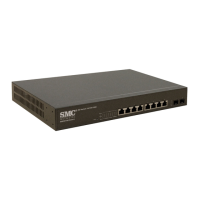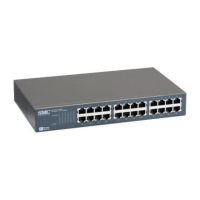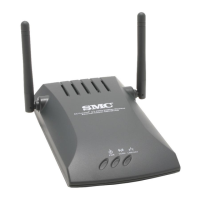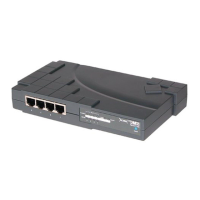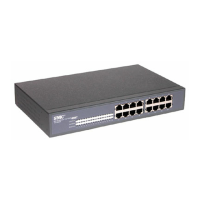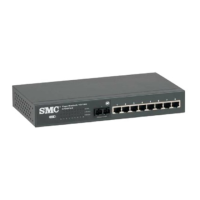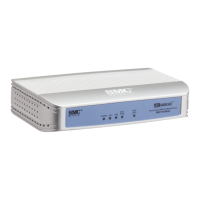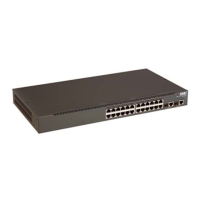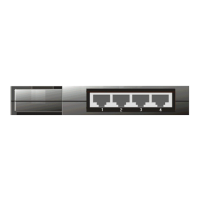C
HAPTER
5
| Monitoring the Switch
Displaying LLDP Information
– 242 –
example will any LLDP-MED Endpoint Device claiming compliance as
a Media Endpoint (Class II) also support all aspects of TIA-1057
applicable to Generic Endpoints (Class I), and any LLDP-MED
Endpoint Device claiming compliance as a Communication Device
(Class III) will also support all aspects of TIA-1057 applicable to
both Media Endpoints (Class II) and Generic Endpoints (Class I).
■
LLDP-MED Generic Endpoint (Class I) – Applicable to all
endpoint products that require the base LLDP discovery services
defined in TIA-1057, however do not support IP media or act as
an end-user communication appliance. Such devices may
include (but are not limited to) IP Communication Controllers,
other communication related servers, or any device requiring
basic services as defined in TIA-1057.
Discovery services defined in this class include LAN
configuration, device location, network policy, power
management, and inventory management.
■
LLDP-MED Media Endpoint (Class II) – Applicable to all endpoint
products that have IP media capabilities however may or may
not be associated with a particular end user. Capabilities include
all of the capabilities defined for the previous Generic Endpoint
Class (Class I), and are extended to include aspects related to
media streaming. Example product categories expected to
adhere to this class include (but are not limited to) Voice / Media
Gateways, Conference Bridges, Media Servers, and similar.
Discovery services defined in this class include media-type-
specific network layer policy discovery.
■
LLDP-MED Communication Endpoint (Class III) – Applicable to
all endpoint products that act as end user communication
appliances supporting IP media. Capabilities include all of the
capabilities defined for the previous Generic Endpoint (Class I)
and Media Endpoint (Class II) classes, and are extended to
include aspects related to end user devices. Example product
categories expected to adhere to this class include (but are not
limited to) end user communication appliances, such as IP
Phones, PC-based softphones, or other communication
appliances that directly support the end user.
Discovery services defined in this class include provision of
location identifier (including ECS / E911 information), embedded
L2 switch support, inventory management
◆ LLDP-MED Capabilities – The neighbor unit's LLDP-MED capabilities:
■
LLDP-MED capabilities
■
Network Policy
■
Location Identification
■
Extended Power via MDI - PSE
■
Extended Power vis MDI - PD
■
Inventory
■
Reserved
